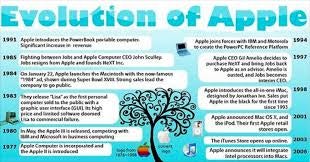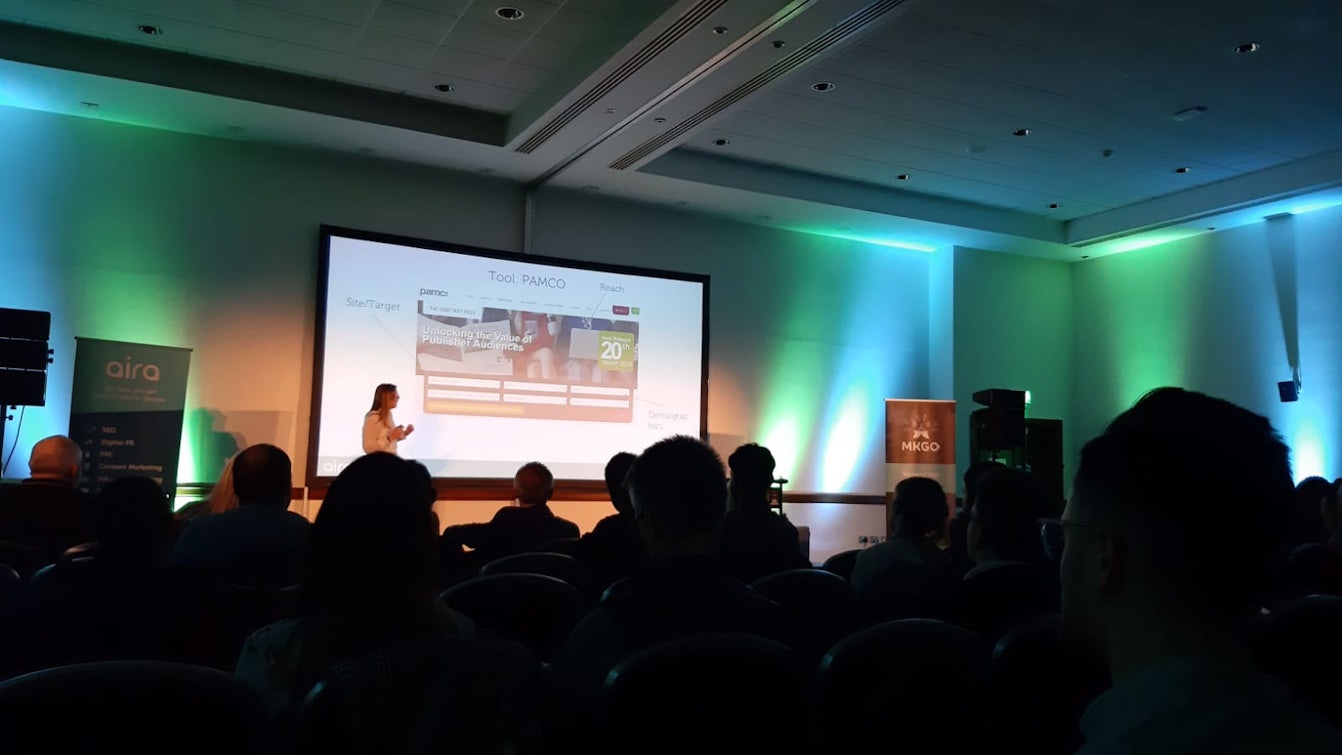Aoife O’Connor is the Digital PR Team Lead at Aira.
Tonight she is going to talk to us about the psychology of language and tactics we should be using for PR & link building. She wants to go through some actionable advice, including some of her own case studies to show us how we can successfully use psychology in our own PR campaigns and in our content.
Introduction
Although PRs are natural communicators, we know language isn’t always the easiest tool to use, says Aoife.
Aoife uses the example of her name to prove that we are bad with language
PRs are good in general at communicating the right message though, aren’t we?
But how do we do it?
Aoife believes it’s the power of psychology.
So how does psychology fit into PR and content?
- She uses the example of Edward Bernays, who was Freud’s nephew who figured out you can use PR to manipulate people.
- Previously, everything was sold on logic, there was no want or desire – consumers bought things on need.
- Bernays changes this, by tapping into his uncles’ research and showed that, as marketers, we need to tap into the consumers ‘subconscious desires’.
- An example of this is the Torches of Freedom campaign – which made cigarettes a symbol of defiance for women which boosted the sales of Lucky Strike.
How does this relate to modern day theory?
She references ‘Thinking fast and slow’: the book by Daniel Kahneman
In this book, the theory discusses that people think ‘fast’ and ‘slow’, which she defines as system 1 and system 2 responses.
- Fast: System 1 is defined as the emotional response.
- Slow: System 2 is the logical response, which kicks in if we have time to think about it.
We need to tap into this ‘system 1’ response, as this touches the emotional side of the brain which to get through to readers and journalists
Aoife calls ‘system 2’ the ‘wait…what?’ response. It’s when someone has chance to sit back, take a look at it and think about it logically.
So, in the context of Digital PR and link-building, let’s go over how to tap into this system 1 response in our:
- Content
- Outreach
- Email headings
1. Content
Aoife claims that the things we need to tap into with our content are the following:
- Fluency: need to understand things quickly so keep the font and title simple.
- Perceptual fluency: which means colour and shape – keep the content to ‘simple visuals’
Essentially, make the content easily digestible! Aoife uses some examples of overly complex visuals to illustrate this. I’m sure you all have seen some of your own examples of this too! She uses the example of the below infographic to help demonstrate this.

In summary, ensure you content has:
- easy fonts
- symmetry
- strong contrasts
- no waffle – not too much text!
As well as this, Aoife claims that you need to tap into “emotional contagion”. What is this?
- It means it taps into the emotional response
As an example of a case study, she discusses the following campaign: “What the modern santa looks like“
- This campaign asked people to provide their opinions on what the modern santa should look like
- This received top tier coverage and hundreds of links: but why did it do so well?
- Aoife claims that it tapped into ‘system 1’ hard and fast: everyone has their own attachment and association on what Santa should be.
- This means it instantly tapped into the impulsive reaction, and people were outraged one way or the other.
In conclusion, always think what emotional charge your content has.
2. Outreach
We can tap into ‘system 1’ in our outreach by using case studies. Case studies are great because they are:
- relatable
- reaches the ‘human level’
- generally stats and research take longer to put into context for the reader
- For example, saying “20% of UK do XYZ” is very emotionally devoid
- Case studies generally tap into what she calls “homophily” – which means ‘likeness of the same’
- Make sure you tailor your case study to the journalist
How can we do this?
- Use tools such as PAMCo: https://pamco.co.uk/
- Make sure you read and look at other stories, narratives and case studies on the site!
3. Email headings
We need to be injecting emotion into our subject headings, says Aoife. How can we do this?
- Tap into a local angle for local journalists, they’ll be more invested.
- writing something such as “10 ways to XYZ” is pretty devoid of emotion
- To overcome this, include a few things to add emotion, such as
- trigger words: compelling adjectives:
- This might include something along the lines of: weird/surprising/outrageous/essential
- These are just a few examples which naturally give more intrigue
- Take a look at Webs of influence from Nathalie Nahai: this book talks about the formula to the perfect headline is the following:
- Number + trigger word = a clickable headline
Do you think this is too click-baity? That’s good! We want an impulsive reaction!
Recap: key takeaways
- Allow your audience to understand and resonate: keep it simple.
- Add emotional charge: if your campaign has emotional contagion or is relatable, your campaign will be a success
- Finally, make sure you are grabbing the readers and journalists attention





